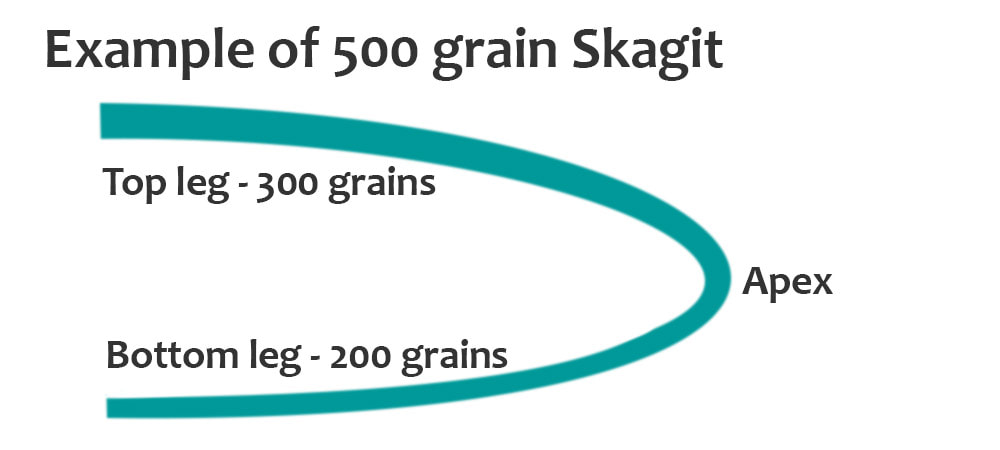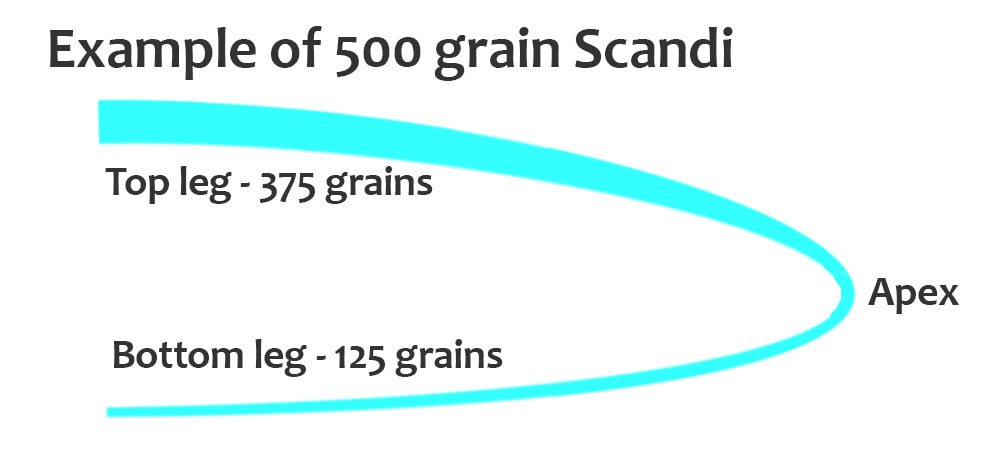Skagit Vs. Scandi Heads &
Mono Vs. Coated Running Lines
Skagit LinesOriginally developed on the West Coast of the US, skagit lines were designed for fishing large steelhead flies with heavy sink tips. The large diameter of the front of the line helps to turn over heavy, wind resistant patterns that are often difficult to cast with conventional fly tackle. Due to their shortness they are also great for stripping streamer type patterns. Now these lines are often used for many other kinds of fish where large flies are cast; pike, musky, saltwater, bass, trout, etc.
Best Used For But Not Limited To:
|
Scandi LinesDue to the steep banks commonly found on Scandinavian salmon rivers, scandi style lines were designed for casting in tight quarters. They were also designed with long front tapers to allow for a more gentle presentation as to not spook wary salmon in the gin-clear waters of Scandinavia. While primarily used for light, unweighted flies for salmon or steelhead, new technology enables scandi lines to cast larger flies as well and are used in many applications.
Best Used For But Not Limited to:
|
Mono Running Lines |
Coated Running Lines |
|
Pros
|
Pros
|
Why Skagits Need More Grains to Load then Scandi heads
This is because skagit lines are shorter and the weight of the line is distributed throughout the entire length. So the front of the line remains thick and heavy. The top of the d loop or the "top leg" on a 500 grain skait might be 300 grains and the bottom leg 200 grains as depicted in the example below. The top leg is what does the majority of the loading of the rod and the bottom leg is along for the ride. So a skagit head has less grains to load the rod and more grains to carry through the delivery. Scandi lines on the other hand have more grains in the top leg and less grains in the lower leg and hence less grains to carry. This enables Scandi lines to load with a lighter amount of grain weight. For example, an average 11' 7 weight switch rod will like 375-400 grains with a scandi and 425-450 with a skagit.



